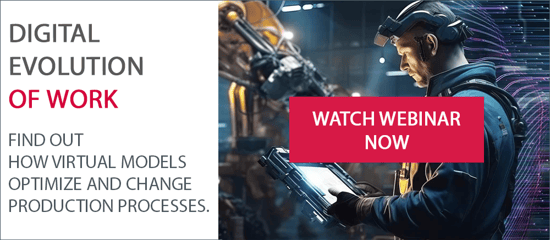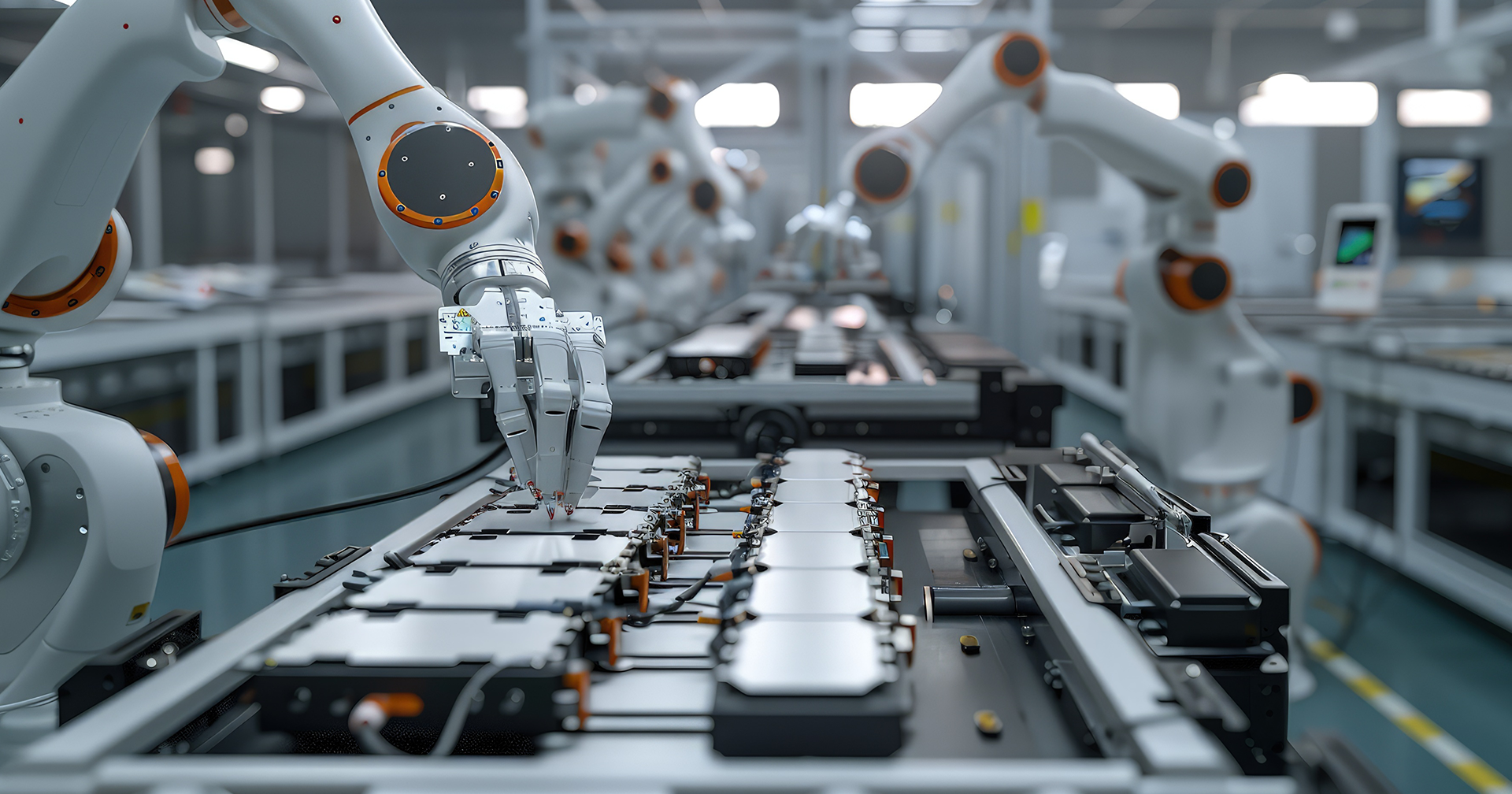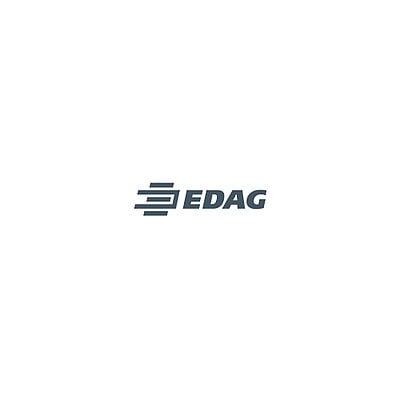Digitalisation not only enables continuous increases in efficiency through automation and the autonomization of systems. Humans, an unavoidable factor in industrial production in some areas, are not excluded from this development. Manual processes can also benefit from digitalisation. EDAG has created some use cases that demonstrate practical applications of digital development and the associated efficiency gains.
The digitalisation of industrial production continues to progress. Among other things, it is leading to an improvement in the quantity and quality of available data. At the same time, new technologies are constantly being developed that are based on digitalisation and the wealth of data available. One example is the digital twin, which initially collected data relating to products. There is now also a digital twin of production facilities. When the two are combined, they are referred to as "operational digital twins" - they provide a complete overview of ongoing production.
Another tool is data analysis methods that can recognize patterns and evaluate correlations: Machine learning, neural networks and artificial intelligence belong in this area. This requires sufficient computing capacity close to the store floor , so-called edge computing solutions, which enable practical applications ranging from predictive maintenance services to complex smart factories.
Another new addition to the digital helpers is still young: the Industrial Metaverse, which transfers complex structures and processes into a virtual model so that they are easier to understand. On the one hand, it combines classic automation technology (Operational Technology, OT) with digital twins and other basic technologies of Industry 4.0, and also uses immersive technologies that enable immersion in virtual worlds using virtual or augmented reality (VR/AR). You can find out more here.
Digitalisation of the human factor
Operational technology and previous steps in digitalisation have always been primarily aimed at automating machine processes, i.e. making systems more efficient and reducing the amount of manual intervention required. AI technologies, for example, have led to an increase in the degree of autonomy, i.e. machines can make more decisions on their own.
But what about manual processes? The human factor remains indispensable in key areas such as planning, quality control and process optimization. Nevertheless, digitalisation can also help to bring more efficiency to the inevitable manual processes and human decisions. Employees who rely on digital support for their activities and are integrated into production processes via technologies such as the Industrial Metaverse i n are known as "connected workers".
The possibilities are manifold: store floor employees can see the next production steps on tablets, for example, technicians receive maintenance notifications by email and production managers monitor key plant figures. The targeted provision of relevant information and the combination of data visualization and intuitive operation optimize work processes and decisions - and thus counteract the increasing complexity and confusion of production processes. Other areas of application include simplified training or further training - an advantage that should not be underestimated, especially in times of an enormous shortage of skilled workers.
Application in practice
As an established engineering service provider with over 50 years of experience in the field of industrialization, the EDAG Group has an excellent overview of best practices in a wide range of industries. On this basis, the production specialists have asked themselves how they can counter the increasing cost pressure and growing efficiency expectations.  Applications can be found for every phase of industrial production that make it possible to improve the efficiency of manual processes through digitalisation.
Applications can be found for every phase of industrial production that make it possible to improve the efficiency of manual processes through digitalisation.
The answers can be found in practical use cases that show how digital technologies can be used profitably today to leverage previously untapped efficiency potential in production. Three scenarios are given as examples, covering different development phases:
1. Planning and validation
The Industrial Metaverse enables early integration and simulation of manual and automated processes. Various software tools can be integrated during planning via standardized interfaces. One example is the use of emaWD and Process Simulate, which are networked via NVIDIA Omniverse. This integration creates a user-friendly web interface that makes planning and coordination more efficient for everyone involved - from engineers to customers. Changes can be implemented and presented in real time, significantly speeding up the planning process.
In addition, data-driven management allows information such as processing statuses or delivery times to be queried using AI-controlled search functions. This reduces the effort required for reporting, as all relevant data is intuitively accessible.
2. empower and experience
Virtual training, based on digital twins, prepares employees efficiently for their tasks. Realistic simulations in a safe virtual environment allow incidents to be practiced without affecting production.
One illustrative use case is virtual painting training: painters can train with real equipment in a virtual environment, with paint consumption, coverage quality and tilt angle being analyzed in real time. Gamification elements increase employee motivation, while flexible training times and locations enable considerable cost savings.
3. operation and management
The Connected Worker also shows its advantages in ongoing production. Simulations in the Industrial Metaverse identify potential for improvement without interrupting production. Data is transferred directly to the store floor employees' tablets or screens, eliminating the need for manual intervention.
In automotive production, for example, augmented reality (AR) can be used to mark areas that were prone to errors during previous quality inspections. This visual support shortens inspection times and improves quality.
Conclusion
The concept of the connected worker offers companies the opportunity to optimize their production processes and also meet the challenges posed by the shortage of skilled workers. The combination of technology and people creates a new level of efficiency.
If you are now wondering how you can use virtual models effectively in your production or enable your employees to use the digital tools mentioned, talk to our digitalisation experts Jan Berner, Head of Technology and Process Visualization, and Philipp Hummel, Senior Manufacturing Engineer.
Further details are available in the recording of the webinar ‘Connected Worker: Intuitive technology meets human expertise’. Register now for free!
Published on: 30.01.2025
Last updated on: 07.10.2025





